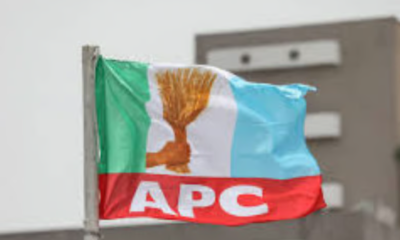The federal government this weekend formalized the agreement reached between it and labour unions that see electricity consumers get discounts on their bills for three months ending December 31.
The total discounts will result in the federal government paying as much as N5bn monthly in subsidy which is to be funded by a VAT rebate to be offered to Discos till the end of the year.
Based on the agreed terms, electricity customers across Bands A-C, who saw a tariff increase will enjoy different levels of discount. Band A customers will get a 10% (N2.49/kwh) reduction in tariff increase. Band B consumers will get a 10.5% (N2.24kwh) reduction in tariff while Band C consumers will get a 31% reduction in tariff increase amounting to N5.46 per kWh. Band D & E customers who were not affected by the recent increase will get no discount.
The agreement also provides that 6million meters funded by the Central Bank of Nigeria (CBN) will be made available through the National Mass Metering Programme (NMMP).
Early September, the Nigerian Electricity Regulatory Commission (NERC) and the Distribution Companies (Discos) finally effected a hike in the unit price of electricity after many years of going back and forth.
The hike in electricity tariff though considered a free market reform that should keep the power sector in tune with market realities and drive efficiency, was considered ill-timed by many especially in the face of hikes in fuel price and value added tax.
Furthermore, income levels in general have failed to keep pace with the steep rise in living costs resulting from the accelerated cost-push inflation over recent years. Loss of jobs induced by the pandemic has also left many consumers highly impoverished as the pandemic has led to many businesses cutting workforce or implementing steep salary cuts.
A major challenge in Nigeria’s electricity value chain remains liquidity and the most potent factor driving the liquidity squeeze in the sector stems from the non-cost reflective tariffs charged by the Discos. This has remained a major clog in the wheel for the Discos, making most of them technically insolvent.
Another major problem driving inefficiency within the power sector value chain is ineffective metering. While some consumers avoid paying for power consumed through meter bypass, some other consumers are made to pay for what they haven’t consumed through estimated billing by discos.

 Football1 week ago
Football1 week ago
 Health & Fitness1 day ago
Health & Fitness1 day ago
 Featured5 days ago
Featured5 days ago
 Education6 days ago
Education6 days ago
 Comments and Issues7 days ago
Comments and Issues7 days ago
 Business6 days ago
Business6 days ago
 Crime6 days ago
Crime6 days ago
 Business5 days ago
Business5 days ago

